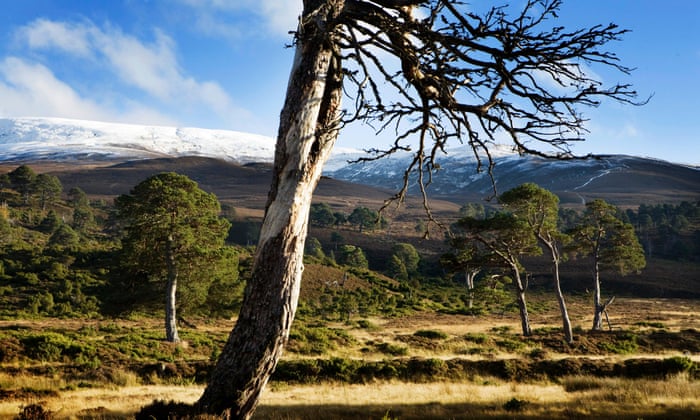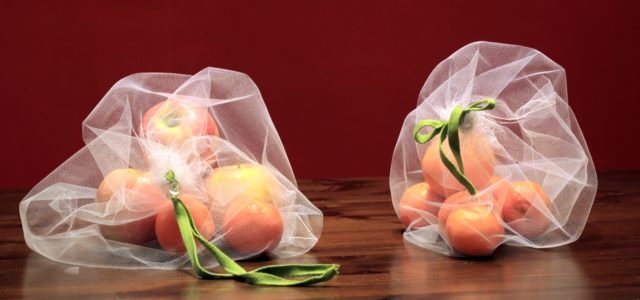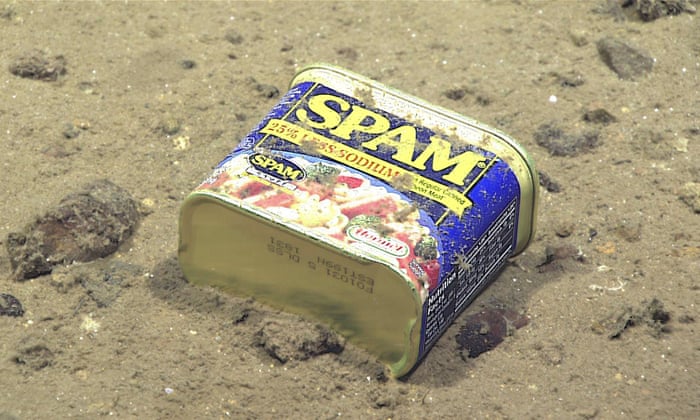by Michael Smith (Veshengro)
 The final stages of capitalism, Karl Marx predicted, would be marked by global capital being unable to expand and generate profits at former levels. Capitalists would begin to consume the government along with the physical and social structures that sustained them. Democracy, social welfare, electoral participation, the common good and investment in public transportation, roads, bridges, utilities, industry, education, ecosystem protection and health care would be sacrificed to feed the mania of short-term profit. These assaults would destroy the host.
The final stages of capitalism, Karl Marx predicted, would be marked by global capital being unable to expand and generate profits at former levels. Capitalists would begin to consume the government along with the physical and social structures that sustained them. Democracy, social welfare, electoral participation, the common good and investment in public transportation, roads, bridges, utilities, industry, education, ecosystem protection and health care would be sacrificed to feed the mania of short-term profit. These assaults would destroy the host.
If all those indicators are something to go by then we are in the last, the final, stages of capitalism as an economic (and political) system. The only worry is that the monster, this dragon, in its death-throes will take many people with it into the abyss. And it will not be the elite, the rich and powerful, unless we do something, but the working class and the poor that will be its victims.
The indicators certainly are all there, and there can absolutely be no denying that, and this includes the destruction of the ecosystem as much as that of everything what makes a society.
When we look at the UK every aspect of what once was, we have to say now, a public service, or at least almost every aspect and everything, is now being privatized our outsourced to private operators.
The postal and telecommunications, water and other utilities, transportation (still called public transport) – all buses, trains and trams – and now they are aiming to sell off the National Health Service in Britain. Capitalism, in its final hour, so to speak, is destroying the state and everything that goes with it, and with it society as we know it.
In its death throes capitalism will also turn into fascism and destroy even the very pretense of liberty. We can very well see that presently in Europe with the European Union (EU) where politicians and others openly talk about democracy being in the way of what they want to achieve and also and especially no longer want to see democracy as a government by the people. They want an elite that rules, without the people getting a looking in. In other words a return to, though a modern version of it, feudalism. Feudalism, on the other hand, is nothing different than fascism.
Fascism is not something that was invented invented by the National-Socialist Party of Germany, that is to say Hitler and his ilk, nor by Mussolini or Franco. It is much older though it may not have been called thus. The authoritarian form of government by emperors, kings, queens and what-have-you, that is to say feudalism, all was and is a form of fascism, as is any other authoritarian and oppressive form of government that predominately benefits one person or a group, whether political or ethnic, or which oppresses other or another ethnicity simply because of ethnicity. Thus, for example, the Zionist state is a fascist state. But I digressed by way of explanation.
In Germany it is always claimed – and that is not the only country that claims such a system – that they have a social free market economy and democracy. But the truth is a totally different one. What Germany has, and in fact all of the so-called free market economies have, is an antisocial dictatorship of capital, of corporations. The free market capitalist economy, we can also call it simply capitalism, is a dictatorship of the corporation and the investors over the masses and nothing else but fascism.
Everything, almost everywhere, is being privatized; health and social care, infrastructure and utilities, public transportation, etc. The services that should be run for the benefit of the population are being turned into profit-making enterprises to fill the pockets of CEOs and shareholders.
Marx' prophesies are on the road to fulfilling itself. The host, as he called it, is being destroyed. The worrying thing, however, is that, instead of heading towards true socialism as the stepping stone to communism we seems to be headed in another direction of a system akin to that of the so-called Third Reich, a pseudo-socialism of the kind that a particular little corporal from Austria and his ilk were preaching.
The growing army of unemployed and homeless are also a sign of what is going on. Some of it, probably, even deliberate to remove – physically – a certain strata of the population in the capitalist countries.
Valueless and useless (useless in the capitalist sense) life has to be eliminated. He who does not work also shall not eat! That were the words of a German government politician only in 2016. workers are no longer needs in such great numbers and thus they have become superfluous and one wants to reduce the population anyway. However, the creation of concentration camps and labor camps they do not dare to consider openly as yet. But death can be made invisible by simple leaving people to starve or freeze to death and thus weather conditions and such can be blamed for their death, not, however, so seems to be the reckoning, the governments. Thus they cannot be held responsible for this and be prosecuted.
Without a lot of money have people have no (political) power and this entire system needs to be turned inside out and replaced. We don't need new governments of a lesser of the two – or how ever many – evils but we need an entire new system and that will not come out of the capitalist one, and also not by giving capitalism a social face, as the social-democrats like to say.
It was the social-democrats, whether the SPD ine Germany or the Labour Party in Britain, and similar parties in other countries, that have betrayed the working class everywhere and sold them down the proverbial Swanee.
But, as Marx predicted, the capitalist system is now in its death throes but is destroying everything with it while it is fighting tooth and nail not to die. Every piece of infrastructure, every public service, including health care, social services, public transportation and utilities, is being sold off to stave off this inevitable death. The capitalist and neoliberal elite are even prepared to start another world war in an attempt to stop that which is already in a coma from dying.
And what does the working class do? Its members are being misled to fight the wrong battles or sit at home being entertained with bread and circuses, by means of the god in the living room, and other rooms in the house and even on their cellphones. No one is going to do it for us and the politicians that want us to vote for them in the elections won't do it either. To bring about the change that must be brought about the working class has to get off its backside and get active. The ways and means may vary but by itself it is not going to happen. The rich, the elite, and those politicians, will never permit their money and power to be voted away in election. It is not going to happen.
Capitalism (as we know it) may be dying and already be in a coma, but definitely in its last throes, but unless we take control of our destiny the outcome may be worse than what we have now. A real system change, as we must work for and achieve, a true revolution, will never be brought about by the ballot box, never. They will never allow it.
© 2017



















